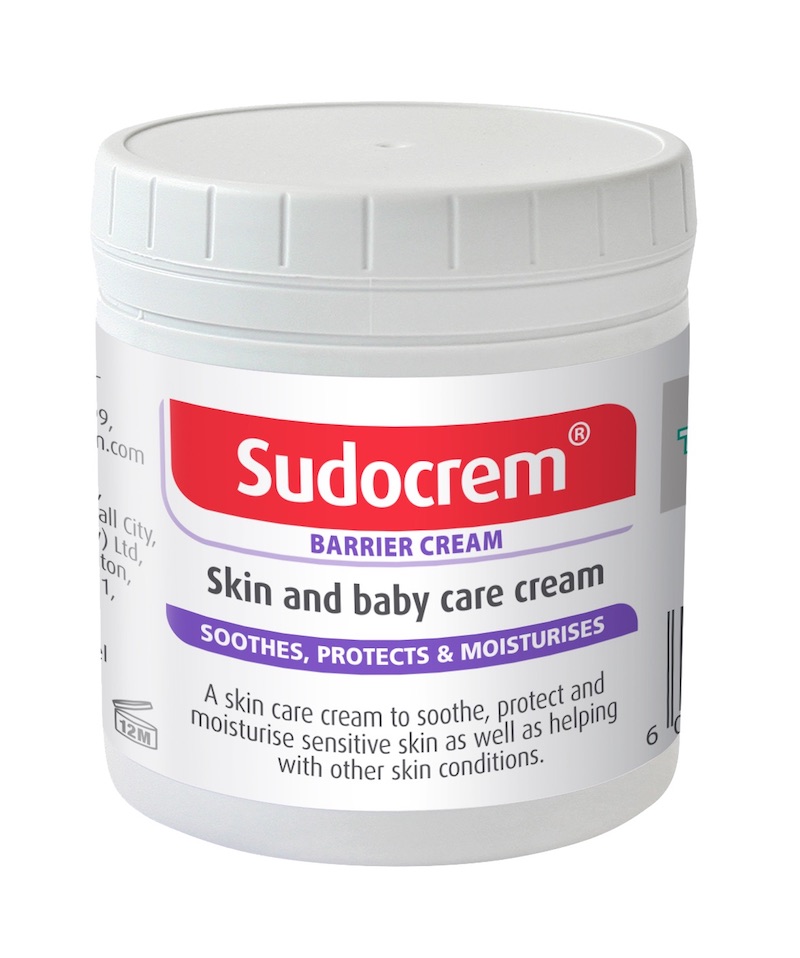Nappy rash is a common skin condition or skin irritation in babies and toddlers. Babies and toddlers who wear nappies can develop nappy rash. Once children are toilet trained at around 2-3 years of age, nappy rash generally isn’t a problem. Until then it’s not uncommon.
Most cases of nappy rash are mild and respond very well to simple management like more frequent nappy changing and applying a good quality barrier cream. Sometimes nappy rash needs specific treatments to target the cause of the rash.
Try not to worry if your baby has nappy rash. Most babies will, at some time, get nappy rash no, matter how well they are nurtured. Generally, it is not caused by an infection or poor hygiene, but simply due to the sensitivity of a baby’s skin.
What are the symptoms of nappy rash?
- Generally, the skin covered by the nappy appears red, inflamed, and sore.
- The rash may just be concentrated around the baby’s bottom, or all over the area covered by their nappy.
- May look spotty, like little pimples.
- Can look shiny and red.
- Blisters and broken skin can be present when nappy rash is severe or caused by a bacterial or other skin infection.
What causes nappy rash?
- A baby’s skin is sensitive to all sorts of irritants and some babies are particularly susceptible to nappy rash. When the skin covered by a nappy is in contact with moisture the skin reacts by becoming red and irritated.
- The ammonia and enzymes in wee and faeces irritate their skin and the acidic contact causes their skin to react. Sometimes nappy rash appears very quickly, even between nappy changes.
- Rubbing caused by friction of the moist nappy aggravates the skin even more. This means the usual protective barrier function of the skin is compromised, causing their skin to react.
- Nappy rash can become worse when a baby is teething.
How can I prevent and treat my baby getting nappy rash?
- The key is to change your baby’s nappy frequently. Removing a wet or soiled nappy so it’s not in contact with their skin is the single most useful thing you can do.
- Clean your baby’s skin thoroughly after removing their soiled nappy. Use warm water or gentle nappy wipes to remove all traces of wee and faeces from their skin.
- Allow their skin to dry well.
- Smear a good quality barrier cream such as Sudocrem Skin & Baby care cream onto their skin which will help to create a protective barrier. If the cream is thick, try warming it between your fingers before you apply it.
- Even if your baby doesn’t have a nappy rash, or it’s cleared up, use Sudocrem Skin &Baby care cream to ensure the skin barrier is maintained.
- Use good quality nappies which will help to draw any moisture away from your baby’s skin.
- Give your baby some time each day to kick freely without a nappy on. During floor time, lay them on a towel and give their skin a chance to ‘breathe’ and never leave a baby unattended.
See a doctor or healthcare professional if:
- Your baby seems distressed or there are any changes in their feeding or sleeping patterns.
- If your baby has a temperature or any other symptoms which you feel could be signs that they are unwell.
- If their nappy rash has blisters, pimples or crusts.

Sudocrem Skin & Baby care cream has been used and loved by families since 1931. It’s great for preventing, soothing, and treating nappy rash. Sudocrem Skin & Baby care cream is a soothing emollient cream that helps in the management of nappy rash. The Zinc Oxide in Sudocrem provides a barrier to protect the baby’s delicate skin between nappy changes.
- What Causes nappy rash and how to know when to spot it - August 22, 2023
- Preventing & Soothing Nappy Rash - July 19, 2023
- Baby Poo 101 - September 2, 2022





